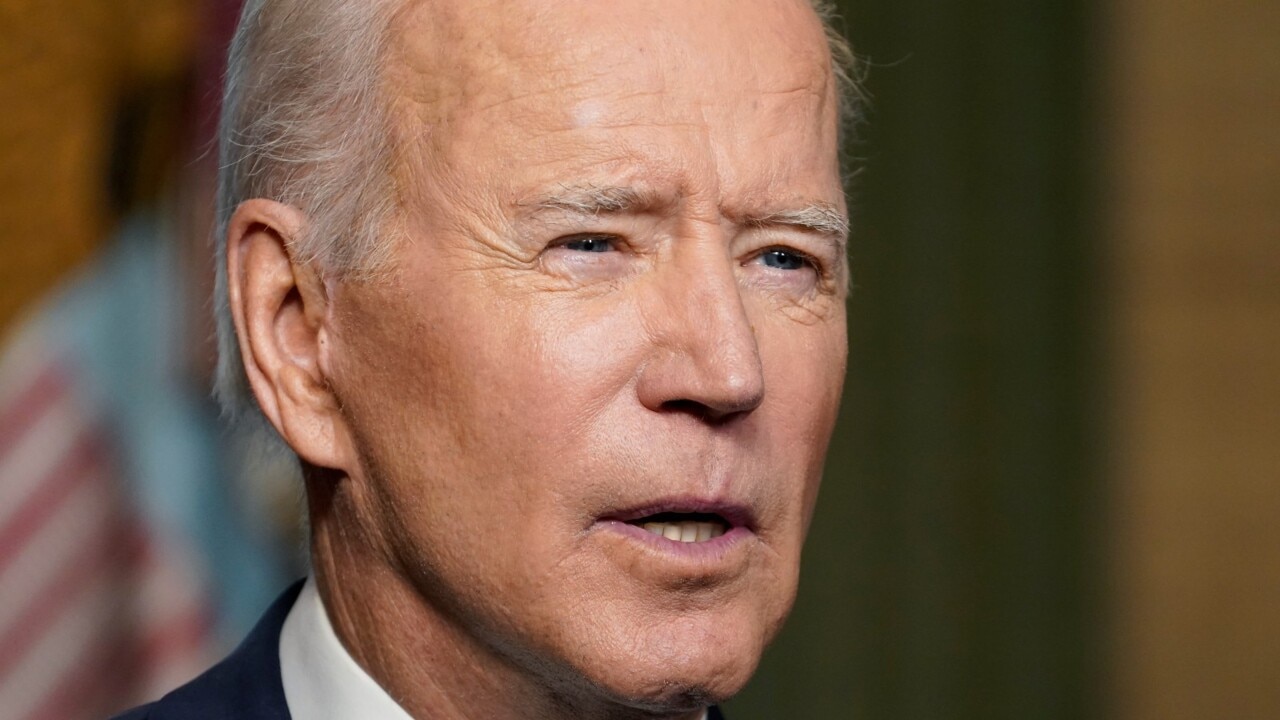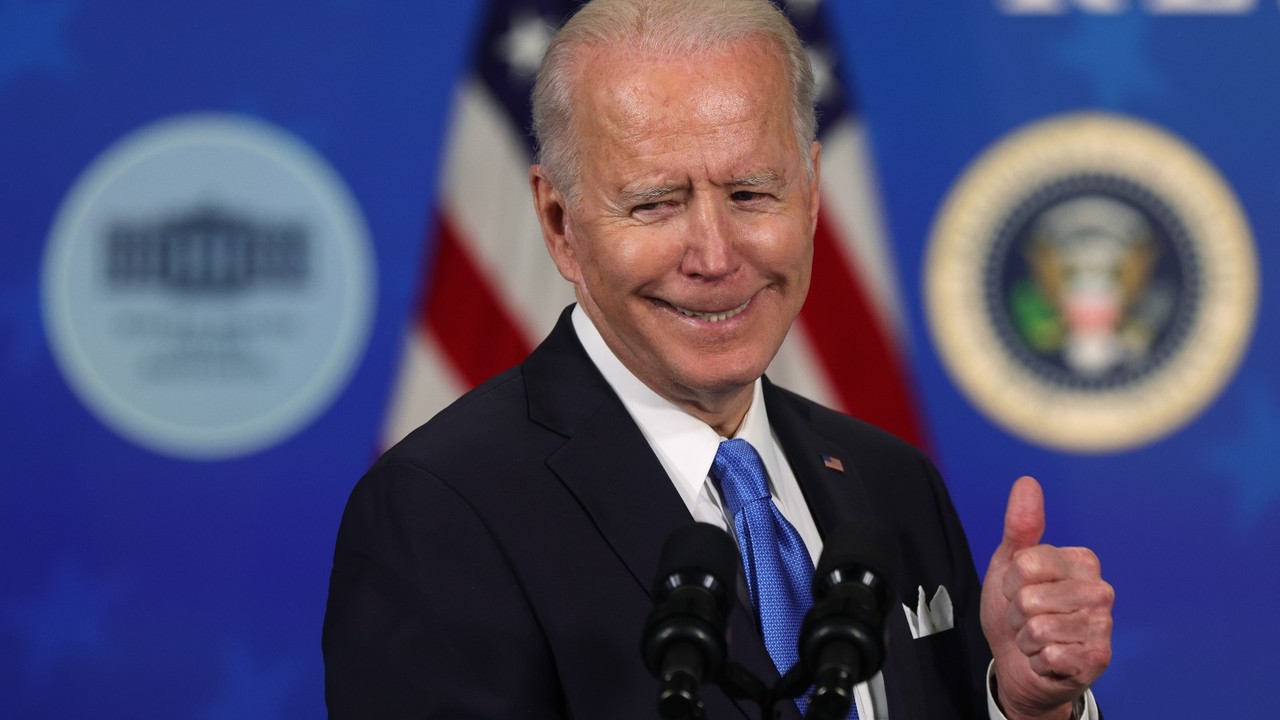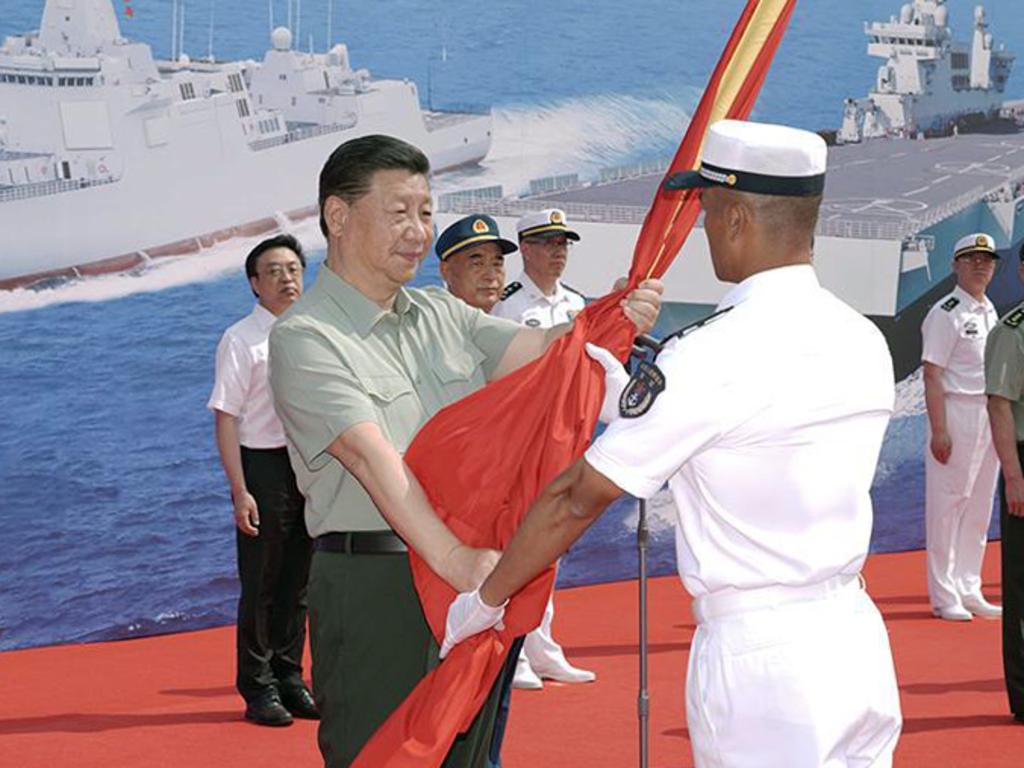Biden’s moves on labour unions will be our blueprint
The decline of union membership is contributing to serious societal and economic problems in our country.

The decline of union membership is contributing to serious societal and economic problems in our country. Widespread and deep economic inequality, stagnant real wages, and the shrinking of the middle class are all associated with the declining percentage of workers represented by unions.
In addition, lower union membership rates have exacerbated the pay gap for women and workers of colour. The decline of union density has also weakened our democracy.
This is both the President and the Vice-President of the US, quoted in a just released fact sheet, announcing a special Executive Order. The order establishes a White House Task Force on “Worker Organising and Empowerment”.
The task force will “take a whole-of-government approach to empower workers”. It is chaired by the Vice-President and its mission is “dedicated to mobilising the federal government’s policies, programs, and practices to empower workers to organise and successfully bargain with their employers.”
Within 180 days, the task force must make a set of recommendations on how existing laws can be used to achieve the mission, and identify new laws as required.
Specifically, the Task Force has “four goals”.
1. To “lead by example” and ensure that the federal government is a model employer, encouraging union organising and collective bargaining in the ranks of the public service.
2. To expand this model and “facilitate worker organising across the country”. This means mobilising policy, programs and practices into the private sector.
3. To “increase worker power in underserved communities”, which translated, means working out how to help unions overcome various state laws that have made it harder for them to organise.

4. To “increase union membership” and thereby “grow a more inclusive middle class”.
It is tempting, but foolish, to view all of these developments as irrelevant to us — particularly when a change of government could occur at the next federal election.
Certainly, our federal industrial relations law greatly differs from the federal law in the US. Our laws change often, the last major reform occurring with the introduction of the Fair Work Act in 2009. Their law has been in place since 1935, when the National Labor Relations Act was enacted.
The system in the US only allows for collective bargaining to occur between employers and unions. In terms of union presence in a business, it is an all or nothing scenario. Workers must vote to unionise, and win the majority vote, before the union is even allowed to enter the business premises. However, if the vote is successful for unionisation, then all workers are compelled to join the union and dismissal is the penalty for refusal.
Over the years, around half of the US states have taken a legislative stand against this aspect of the federal law, banning dismissal of a worker who refuses to join a union. These states are known as “right to work” jurisdictions because they offer workers the legal right to work, without compulsion to join a union.
The right to work laws are controversial, and it is these states and their laws that the task force has been given the job to tackle.
In contrast to the US (and in contrast to the way a lot of our employers behave in practice) our system only allows for collective bargaining between employers and employees. Our system specifies clearly the employment relationship is between the employer and the employee, and the role of the union is as an assistant to the employee, if desired. Thus, when bargaining, workers are given the right to nominate a bargaining agent in writing if they wish, but that agent can be literally anyone.
In our system, employees who are union members and don’t nominate any other bargaining agent, are allocated the union as their default bargaining agent, and of course, workers not in a union are legally protected from being forced to join a union.
For almost 30 years now, union officials here have received comprehensive training in US union methods. Many hold the US system up as an aspirational target. Further, despite our laws, unions here have managed to convince many businesses to treat them in the spirit of the US system, as a party to the employment relationship, to the exclusion of the employees.
It is no secret that Australian unions desire a system where the employer either forces workers to join a union.
In so many other policy areas, where the US goes, we follow. To date, our IR system has been an exception, but this may not always continue. Some in the current government think that in these turbulent times, while the electorate has relied on the Coalition to “win the war” they will turn to Labor to “win the peace”. If this occurs, major IR reform will be seen as an essential pillar to the societal and economic rebuild. The US system, including any reforms implemented by Joe Biden’s task force, will be seen as the blueprint.




